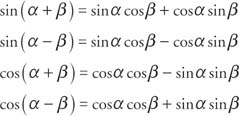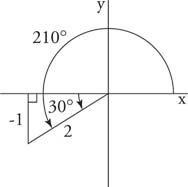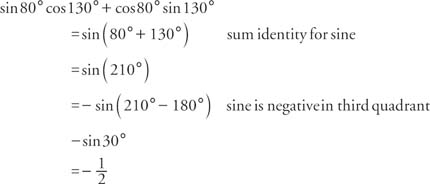Percentage:
Percentage:
The word 'percent' is abbreviated from the Latin word 'per-centum' meaning 'per hundred', or 'hundred' or 'hundredth'. The symbol to denote percent is %. This shows the value given is expressed in terms of hundred. Percentage means out of hundred.Percentages are used to express how large/small one quantity is, relative to another quantity. The first quantity usually represents a part of, or a change in, the second quantity, which should be greater than zero. For example, an increase of $ 0.15 on a price of $ 2.50 is an increase by a fraction of 0.15 / 2.50 = 0.06. Expressed as a percentage, this is therefore a 6% increase.
Examples of Percentages:
1. What is 200% of 30?
Answer: 200% × 30 = (200 / 100) × 30 = 60.
2. What is 13% of 98?
Answer: 13% × 98 = (13 / 100) × 98 = 12.74.
3. 60% of all university students are male. There are 2400 male students. How many students are in the university?
Answer: 2400 = 60% × X, therefore X = (2400 / (60 / 100)) = 4000.
1. There are 300 cats in the village, and 75 of them are black. What is the percentage of black cats in that village?
Answer: 75 = X% × 300 = (X / 100) × 300, so X = (75 / 300) × 100 = 25, and therefore X% = 25%.
2. The number of students at the university increased to 4620, compared to last year's 4125, an absolute increase of 495 students. What is the percentual increase?
Answer: 495 = X% × 4125 = (X / 100) × 4125, so X = (495 / 4125) × 100 = 12, and therefore X% = 1
Introduction on percentage increase and decrease:
Percentage is expressing any number in a fraction with the denominator as 100. The symbol used for the percentage is ‘%’. Percentage difference is defined as the comparing a previous value to the new value.
Formula for percentage increase/ decrease = [change in value / old value] * 100
What is the percentage increase from 50 to 54.5?
Example 1 on percent increase and decrease:
Solution:
Change in value = 54.5-50 = 4.5
Percentage increase = [4.5/50] *100
= 0.09*100
= 9%
Hope you like the above example of Percentage.Please leave your comments if you have any doubts.






